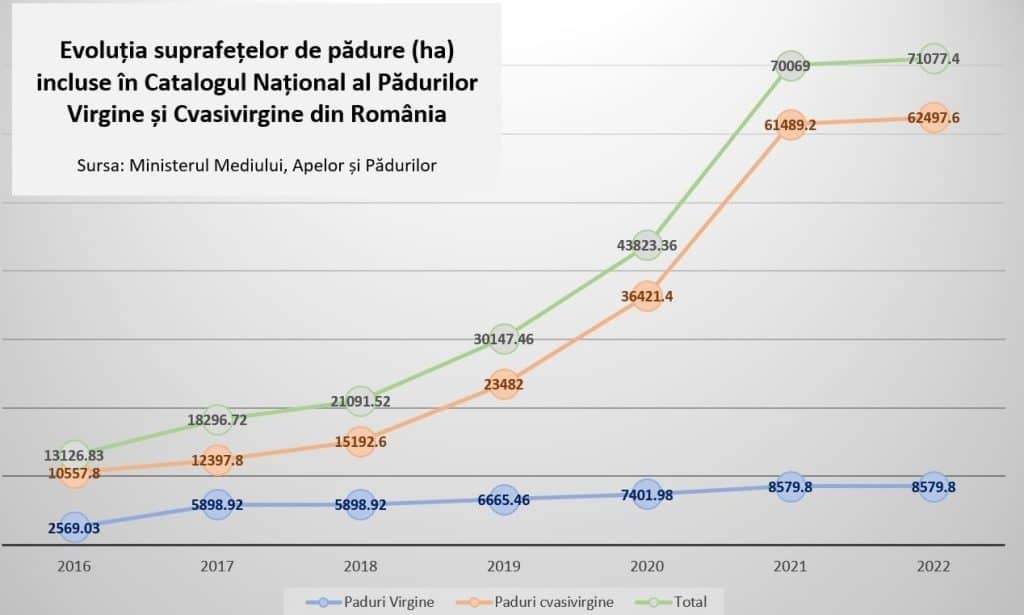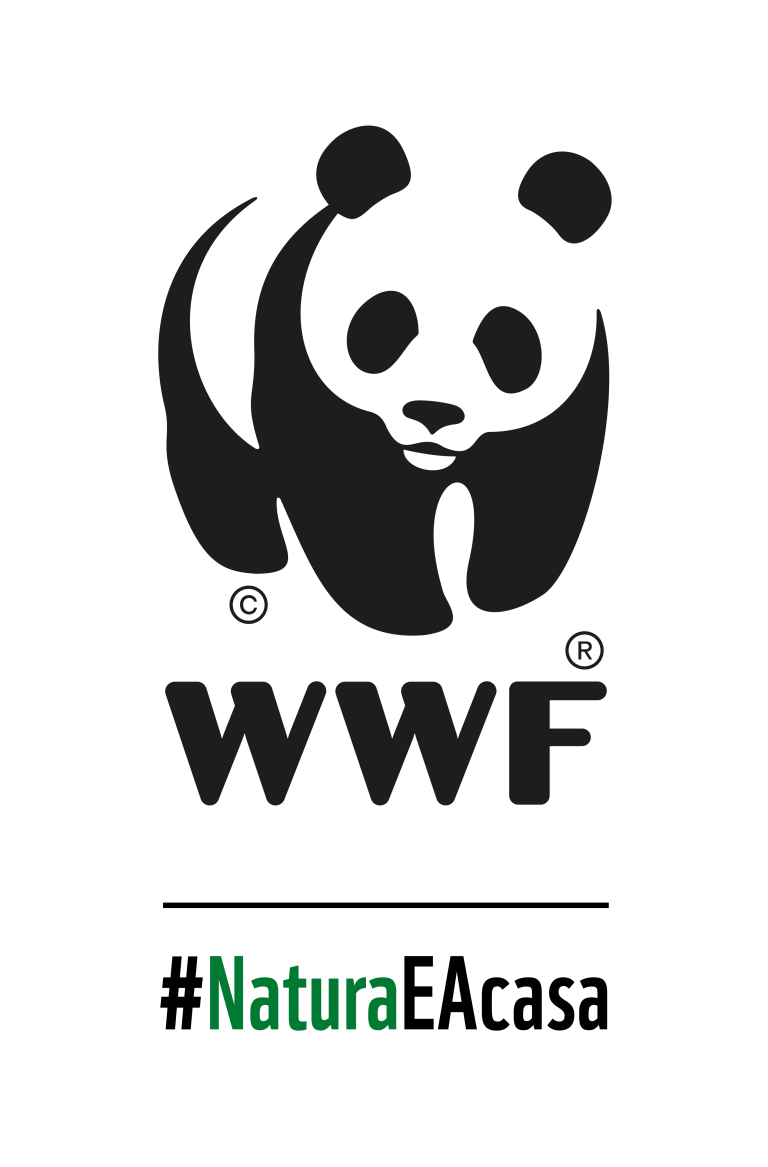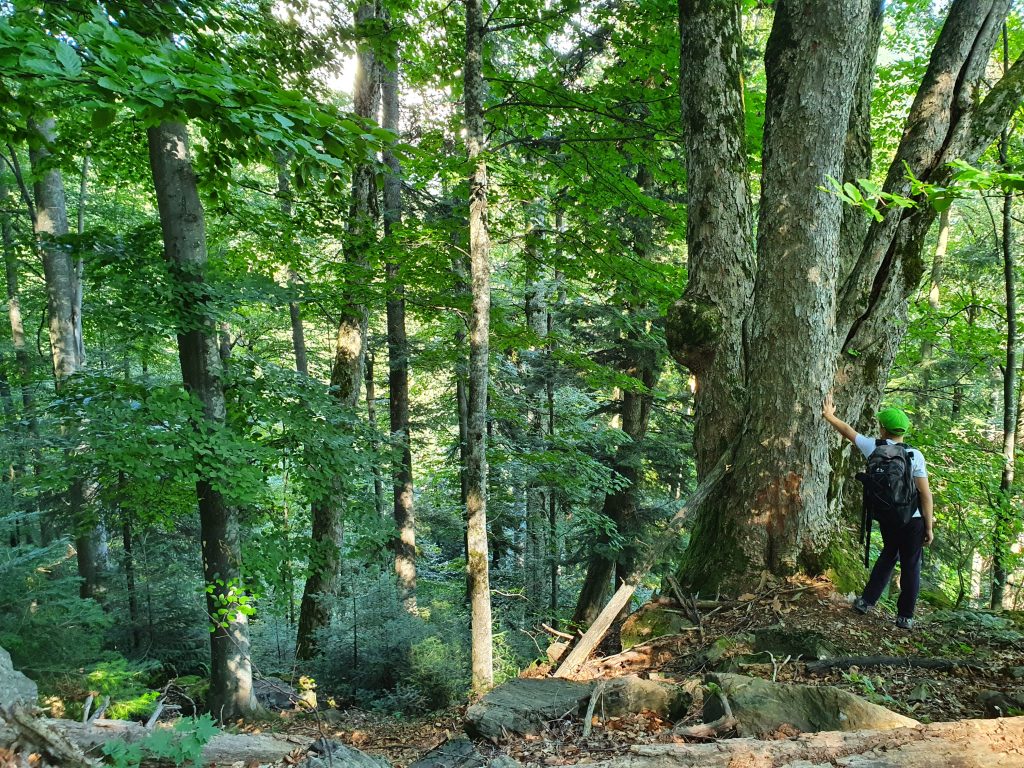Last week, WWF included additional 636 hectares of forests from Hunedoara County in the Virgin and Quasi-Virgin Forests Catalogue in Romania, the only instrument that provides strict protection for them. We are working on the paperwork to include other 5,000 hectares of forests from the Suceava, Maramureș, Caraș-Severin, Iași and Prahova counties. The most advanced discussions are for 1,500 hectares in Suceava, whose studies must be analyzed by the Forestry Approval Technical Commission (CTAS) within the Environment Ministry.
"We, at WWF, really believe in the concept of virgin/quasi-virgin forests. We have begun this journey to identify and protect them too long ago and we want to provide for all these special forests the recognition they deserve. However, their protection depends on all of us. The legal framework on compensating payments needs to be reorganized in order to enable the protection of these unique ecosystems at European and global level."
Radu Melu, national manager of the forest department at WWF Romania
The National Catalog currently includes 71,077 hectares of forests and the process continues. Historically, WWF is the one that brought to public attention the concept of virgin/quasi-virgin forests and the need for their strict protection. We promoted the idea of the Catalogue in Romania and contributed to drafting the legal framework that sets the criteria and the indicators to identify these forests. So far, we have assessed over 600,000 ha of forest and identified around 53,000 ha of virgin and semi-virgin forests.

If initially, in 2016, the Catalogue included only 13,000 hectares of forests, the number has grown steadily, though at a slow pace. We have now a clear evidence of them, thus excluding the risk of forestry activities in the forests included in the National Catalogue. For these areas, no forestry works will be allowed and forestry administrators will only implement non-intervention management.
WWF owns and updates the first website dedicated to virgin forests in Romania, which is a hub that includes news about the process of identifying them, an interactive map, educational digital publications, historical data and answers to the most pressing questions in the area.

